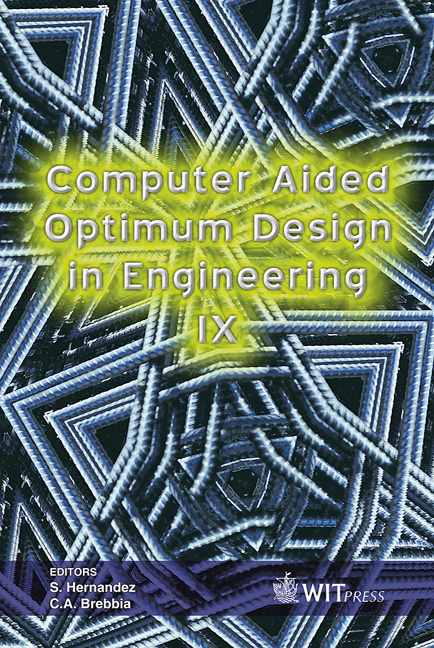Comparison Between Implicit And Explicit FE Models For Simulation Of Hot Rod Rolling
Price
Free (open access)
Transaction
Volume
80
Pages
8
Published
2005
Size
892 kb
Paper DOI
10.2495/OP050401
Copyright
WIT Press
Author(s)
F. Lambiase, F. Capece Minutolo, M. Durante & A. Langella
Abstract
The objective of this paper is to compare implicit and explicit FE approaches for the simulation of the hot rod rolling process. This research has been focused especially on the evaluation of bar geometrical features after rolling. Different FEM codes have been used: implicit time integration by MARC Autoforge and explicit time integration code by LS-DYNA. Particular attention has been paid to the prediction of bar spread, cross sectional profile and area contraction ratio. Numerical results have been compared against experimental data to discuss the applicability, the accuracy and the efficiency of these approaches for hot rolling process simulation by numerical techniques. Keywords: hot rolling, FEM analysis, efficiency, implicit and explicit simulation. 1 Introduction Hot rod rolling involves complicated process features such as high temperature, high speeds and high deformations; furthermore, due to the high speed of the bar, it is impossible to control and modify the process parameters during the process is working. Hence, the design phase is very delicate; an inappropriate design of process parameters: temperature, rolls speeds, rolls groove geometries, could involve roll groove overflowing or incomplete fulfilling of material, roll overloading and/or permanent damages, product defects and/or residual stress needing to stop the production and absolutely redesign the entire process. For long time, hot rolling sequences were designed starting by empirical knowledge of this process and formulae never checked against empirical data; succes-
Keywords
hot rolling, FEM analysis, efficiency, implicit and explicit simulation.





